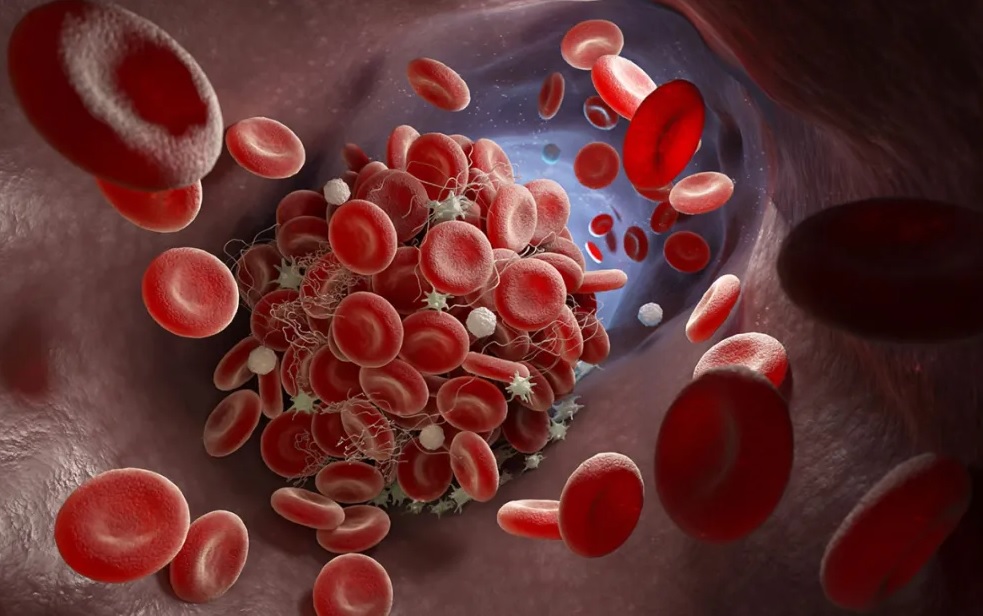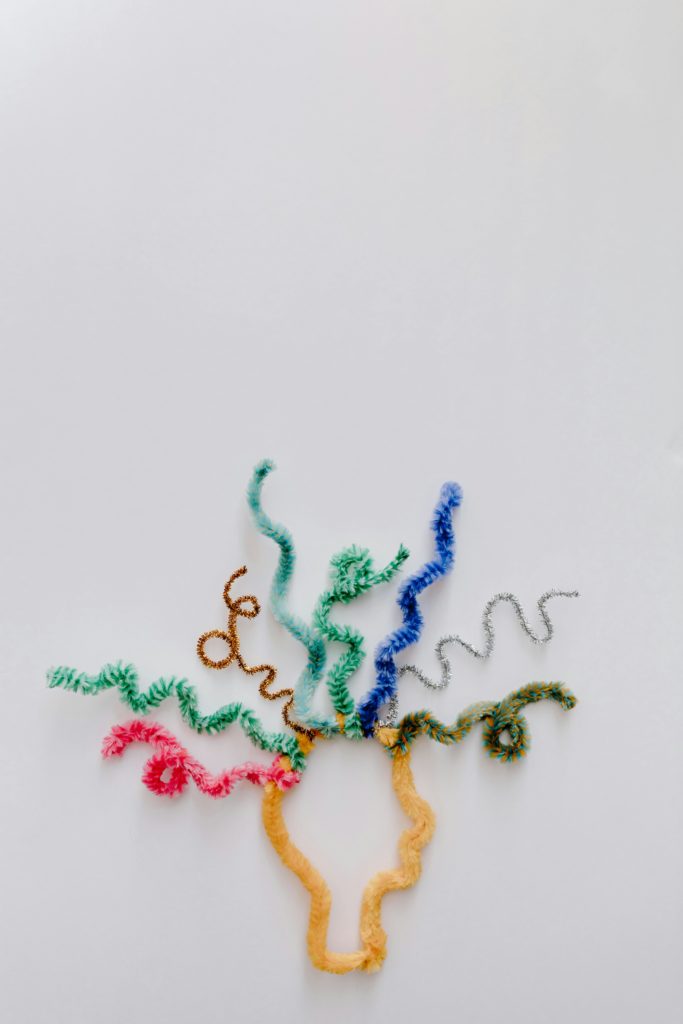Exercise, Myokines, and Neurodegenerative Diseases: The Muscle Brain Connection

Alright, folks, grab your sneakers and let’s hit the road—literally and scientifically! We’re about to embark on a journey through the fascinating world of myokines, those magic molecules our muscles produce during exercise, and how they might just be the superheroes we need to combat neurodegenerative diseases (NDs). Think of myokines as tiny mail carriers, delivering health-boosting packages from your muscles to your brain. Let’s break it down and get those neurons firing!
1. The Curious Case of Myokines: Muscles’ Secret Sauce
What Are Myokines?
Myokines are like the love letters sent from your muscles to your brain during exercise. These tiny proteins are produced by skeletal muscles and have some impressive superpowers. They can boost brain health, improve memory, reduce stress, and maybe even help fight off diseases like Alzheimer’s and Parkinson’s. So, next time you’re lifting weights or running, just imagine your muscles saying, “We’ve got your back, brain!”
2. The Muscle-Brain Highway: How Exercise Sends Help Upstairs
The Mechanisms at Play
Exercise isn’t just about getting buff; it’s about keeping your brain in tip-top shape too. When you work out, your muscles produce myokines, which travel through your bloodstream to the brain. Here, they do all sorts of good things like promoting cell survival, neurogenesis (that’s new brain cells, folks!), reducing inflammation, and helping clear out those nasty protein clumps that come with diseases like Alzheimer’s.
3. Superhero Myokines: The Dynamic Duo of Apelin and BDNF
Meet Apelin and BDNF
Apelin: This myokine is like a bodyguard for your neurons. Studies show that apelin can help reduce cell death and inflammation in the brain. It’s been seen helping out in Alzheimer’s and Parkinson’s models, making it a promising candidate for future treatments. So, think of apelin as the bouncer keeping the peace at the exclusive “Healthy Brain” club.
BDNF (Brain-Derived Neurotrophic Factor): If apelin is the bodyguard, BDNF is the brain’s personal trainer. It helps with the growth and maintenance of neurons, making your brain stronger and more resilient. Plus, exercise boosts BDNF levels, so every jog in the park is like a mini brain workout session!
4. Future Horizons: Myokines as Neurodegenerative Disease Avengers
Potential and Challenges
While the science is still evolving, the potential of myokines in treating NDs is huge. These tiny proteins could one day be part of our regular medical toolkit, helping to slow down or even prevent diseases like Alzheimer’s and Parkinson’s. However, there’s still a lot we don’t know, and researchers are working hard to unlock all the secrets of these muscle marvels.
Conclusion: Flex Those Muscles, Boost That Brain!
So, next time you’re contemplating skipping leg day, remember this: your muscles aren’t just there to look good—they’re key players in keeping your brain healthy. By getting regular exercise, you’re not just building muscle, you’re potentially sending out a fleet of tiny superheroes to fight off neurodegenerative diseases. So, lace up those sneakers, hit the gym or the trail, and let your muscles do their magic!
Remember, every step, lift, or pedal stroke is a step towards a healthier brain. Keep moving, stay curious, and who knows? Maybe one day, we’ll all be thanking our muscles for keeping our minds sharp and our memories intact. Go, team myokines!
And there you have it—a fun, humorous take on the serious science of myokines and neurodegenerative diseases. Keep exercising and let those muscle messengers work their magic!




